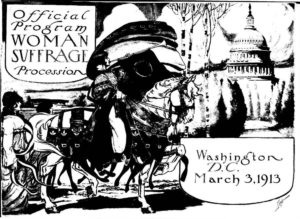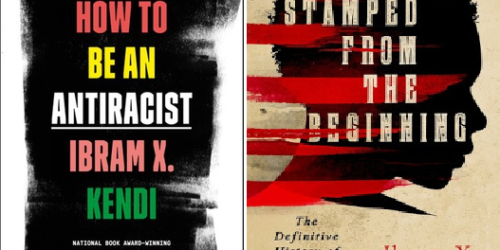Women’s Suffrage Movement
“Official Program Woman Suffrage Procession.” Nineteenth Century Collections Online, 1977, http://link.galegroup.com/apps/doc/AYWQQV801981352/GDCS?u=gale&sid=GDCS&xid=0f655bd9.
This summer the nation celebrates the 170th anniversary of the first major convention for women’s rights at Seneca Falls with the 98th anniversary of the 19th Amendment to the Constitution, which granted women the right to vote.
You can read about the women who advocated for women’s rights in the books featured in the current Browsing Collection display located at the CTC iCommmons.
One prominent figure in the Women’s Suffrage Movement was Alice Paul. An influential social activist, Paul grew up in New Jersey and obtained her bachelor’s degree in biology from Swarthmore College and then earned a Master of Arts from the University of Philadelphia. She majored in political science, sociology, and economics. Paul moved to England, continuing her studies at the University of Birmingham; it was there where she first heard activist Christabel Pankhurst speak about women’s right to vote. Pankhurst influenced Paul to become dedicated to the suffrage cause. Paul returned to America and the University of Pennsylvania to complete her Ph.D. in sociology.
Paul took the ideals of Pankhurst and paired them with the principles of Susan B. Anthony, who was the co-founder of the first Women’s Temperance. Together with Lucy Burns, Paul formed the National Woman’s Party (NWP). Burns spent time in jail on numerous occasions for picketing. Paul joined Burns and others in prison; and while incarcerated, the women were treated brutally and went on a hunger strike while at the Occoquan Workhouse. Their actions were rewarded with being dangerously force-fed by the guards.
Another prominent figure in the Women’s Suffrage Movement was Carrie Chapman Catt. She was a teacher and then superintendent of schools in Mason City, Iowa in 1885. Chapman Catt served as the president of the National American Woman Suffrage Association (NAWSA). She was also the founder of the League of Women Voters and the International Alliance of Women.
In 1920, because of the combined efforts of the NAWSA and the NWP, the 19th Amendment, liberating women, was finally authorized; the victory is considered the most significant achievement for women’s rights.
Read more about Alice Paul and the other women who advocated for women’s rights in the featured books of the display:
Alice Paul: Equality for Women
Not for Ourselves Alone: The Story of Elizabeth Cady Stanton and Susan B. Anthony: An Illustrated History
They Shall be Heard: Susan B. Anthony and Elizabeth Cady Stanton
Suffrage Days: Stories from the Women’s Suffrage Movement
The Woman’s Hour: The great Fight to Win the Vote
From Parlor to Prison: Five American Suffragists Talk About Their Lives
Other Powers: The Age of Suffrage, Spiritualism, and the Scandalous Victoria Woodhull
A History of the American Suffragist Movement
Women Together: A History in Documents of the Women’s Movement in the United States
Feminism Unfinished: A short, Surprising History of American Women’s Movements




